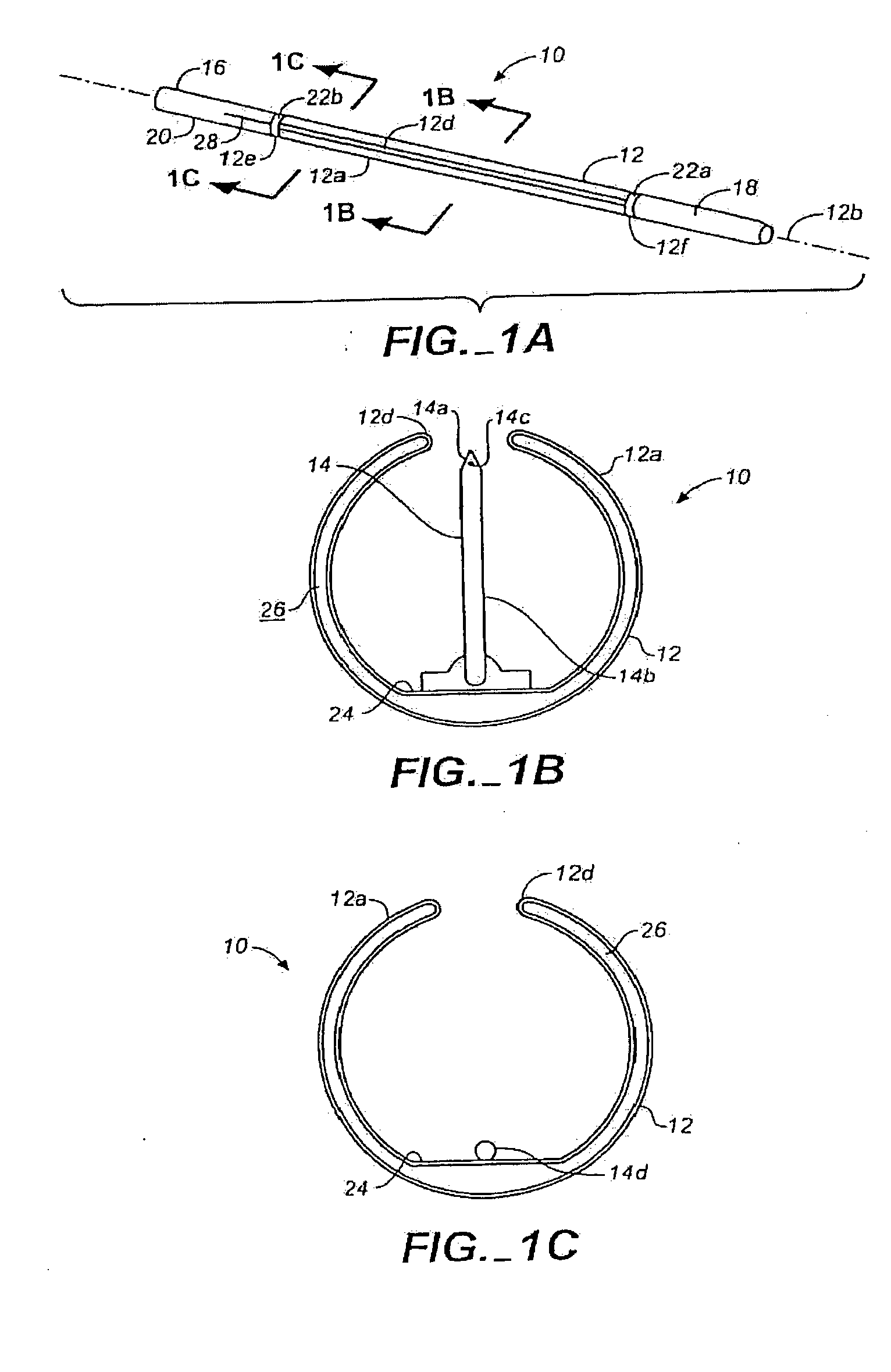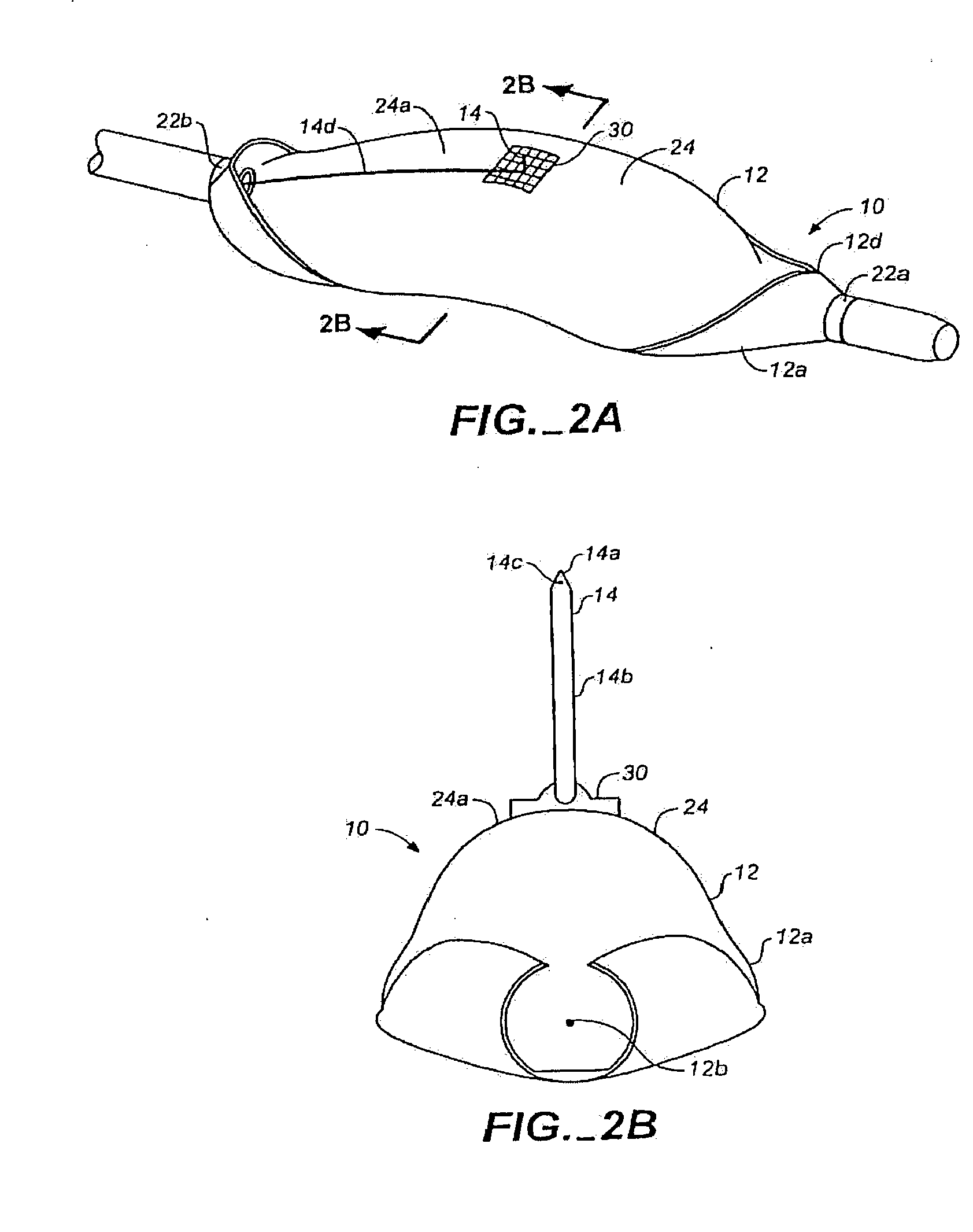Methods and systems for ablating tissue
a tissue and ablation technology, applied in the field of medical devices, systems and methods, can solve the problems of ablation of the a-v node and disruption of the electrical circuitry of the heart, and achieve the effects of less damage to the electrical functions of the heart, less side effects of the current intraluminal ablation procedure, and improved surgical accuracy
- Summary
- Abstract
- Description
- Claims
- Application Information
AI Technical Summary
Benefits of technology
Problems solved by technology
Method used
Image
Examples
Embodiment Construction
[0032] The present invention provides methods and systems for ablating tissues, typically in patients with hyperproliferative or hypertrophic diseases. In particular, these patients will have been diagnosed or otherwise determined to be suffering from obstructive hypertrophic cardiomyopathy. In other cases, however, patients who have hyperproliferative tumors, benign prostatic hyperplasia, or other disorders that may require ablation of tissues may also be candidates for receiving treatment according to the present invention in order to reduce the size or presence of certain tissues in the body.
[0033] The present invention will preferably utilize devices and methods for intravascular approach and transvascular or transventricular injection of the ablating agent. The following description provides several representative embodiments of microneedles and macroneedles suitable for the delivery of the agents into a perivascular space or adventitial tissue or directly into myocardial tiss...
PUM
 Login to View More
Login to View More Abstract
Description
Claims
Application Information
 Login to View More
Login to View More - R&D
- Intellectual Property
- Life Sciences
- Materials
- Tech Scout
- Unparalleled Data Quality
- Higher Quality Content
- 60% Fewer Hallucinations
Browse by: Latest US Patents, China's latest patents, Technical Efficacy Thesaurus, Application Domain, Technology Topic, Popular Technical Reports.
© 2025 PatSnap. All rights reserved.Legal|Privacy policy|Modern Slavery Act Transparency Statement|Sitemap|About US| Contact US: help@patsnap.com



